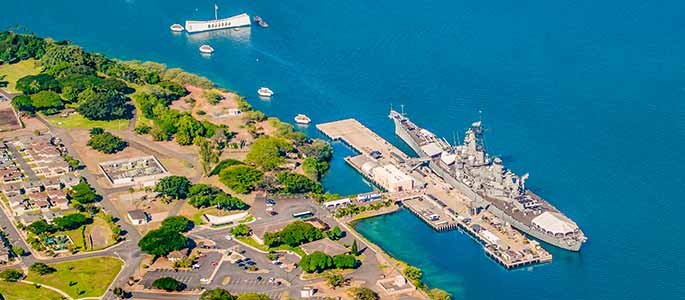The way Pearl Harbor was attacked by Japanese Forces was dishonorable and went against Japanese traditions of “bushido,” or the way of the samurai, to strike before declaring war. Japan’s aviators took off from their aircraft carriers that morning believing their government had delivered a declaration of war. Martinez said some survivors have understandably wanted to keep the exhibits as more of a shrine or memorial, as opposed to an interpretation of history.
Visit Pearl Harbor today choose from various Pearl Harbor Tours and explore the historical locations and events that unfolded on Dec 7, 1941. You will get the chance to visit the museums and exhibit halls that display the belongings of sailors then stationed at Pearl Harbor. The end result is a broader, more in-depth view of the Sunday morning attack nearly 70 years ago. The new center is on the same site, but has expanded to cover several times the original area. Exhibits include a Poseidon C-3 missile that allows visitors to examine its inner workings. The 10,000 square foot Museum exhibits an impressive collection of submarine-related artifacts such as submarine weapon systems, photographs, paintings, battleflags, original recruiting posters, and detailed submarine models, all illustrating the history of the U.S. Submarine Service. A smiling Babe Ruth posing for photos with Japanese teenage baseball players while on tour with other American all-stars.
The theater, Navy shuttle boat, and memorial are wheelchair accessible. Tourists walk through a cemetery past the grave, left, of Father Damien at Kalawao, Hawaii. The memorial is the “ground zero” of World War II. Children under the age of four are not permitted on the submarine for safety reasons, however are allowed to tour the museum and mini-theater at no charge.

